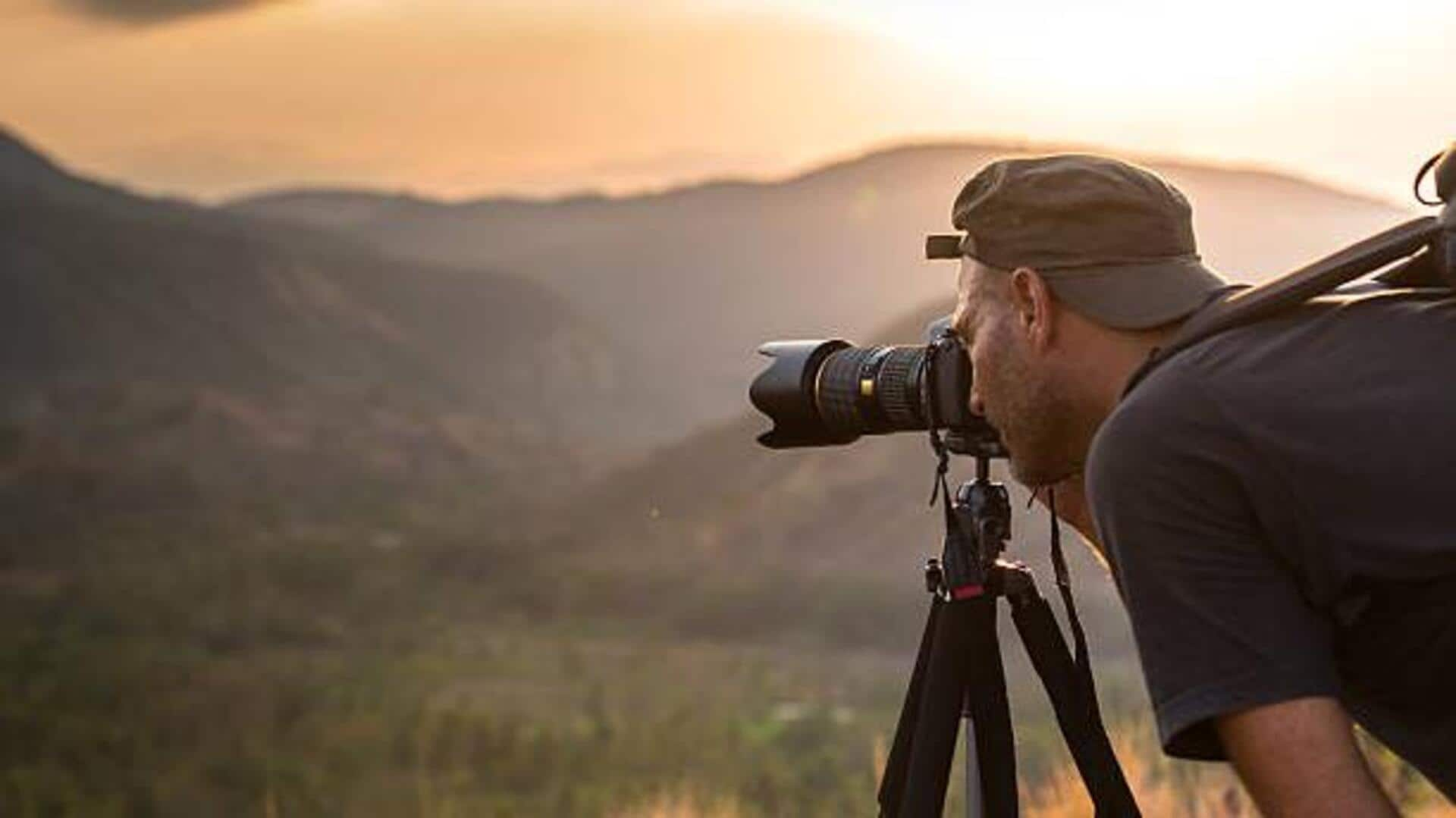
How to photograph landscapes like a pro
What's the story
Capturing the vast and diverse landscapes of Africa can be a rewarding experience for photographers. From sweeping savannas to towering mountains, the continent offers a wide range of stunning vistas. To make the most of these opportunities, photographers need to be well-prepared and knowledgeable about their craft. This article provides practical tips for capturing breathtaking African landscape photographs, focusing on essential techniques and considerations that can enhance your photography skills.
Tip 1
Understanding light in Africa
The quality of light in Africa is vastly different throughout the day. Early morning and late afternoon are usually the best hours for landscape photography because of the soft, warm light which enhances colors and textures. Midday sun can be harsh, creating strong contrasts which may not be good for capturing details. Knowing how light plays with different landscapes will help you choose the right hour to shoot.
Tip 2
Choosing the right equipment
Picking the right gear is essential when shooting African landscapes. A durable tripod is a must for stable shots while you are shooting long or in low-light situations. Wide-angle lenses work best for photographing vast scenes, whereas telephoto lenses can help you get a closer look at certain elements of a landscape. Make sure your camera has enough battery and storage as charging facilities may not be available.
Tip 3
Composing your shots effectively
Composition is crucial in making stunning landscape shots. Use leading lines to pull the viewer's eyes into the scene, or include elements in the foreground to provide depth and interest. The rule of thirds serves as a great guideline but don't be afraid to try other compositions depending on what works for that unique setting.
Tip 4
Preparing for weather conditions
Weather in Africa can change in a matter of minutes, both in terms of light and accessibility to certain places. Be prepared by checking forecasts regularly before heading out on shoots. This way, you know what gear might be needed, like rain covers or protective clothing against dust storms, if any. Plan your shooting from one day to the next depending on the specifics of your location.